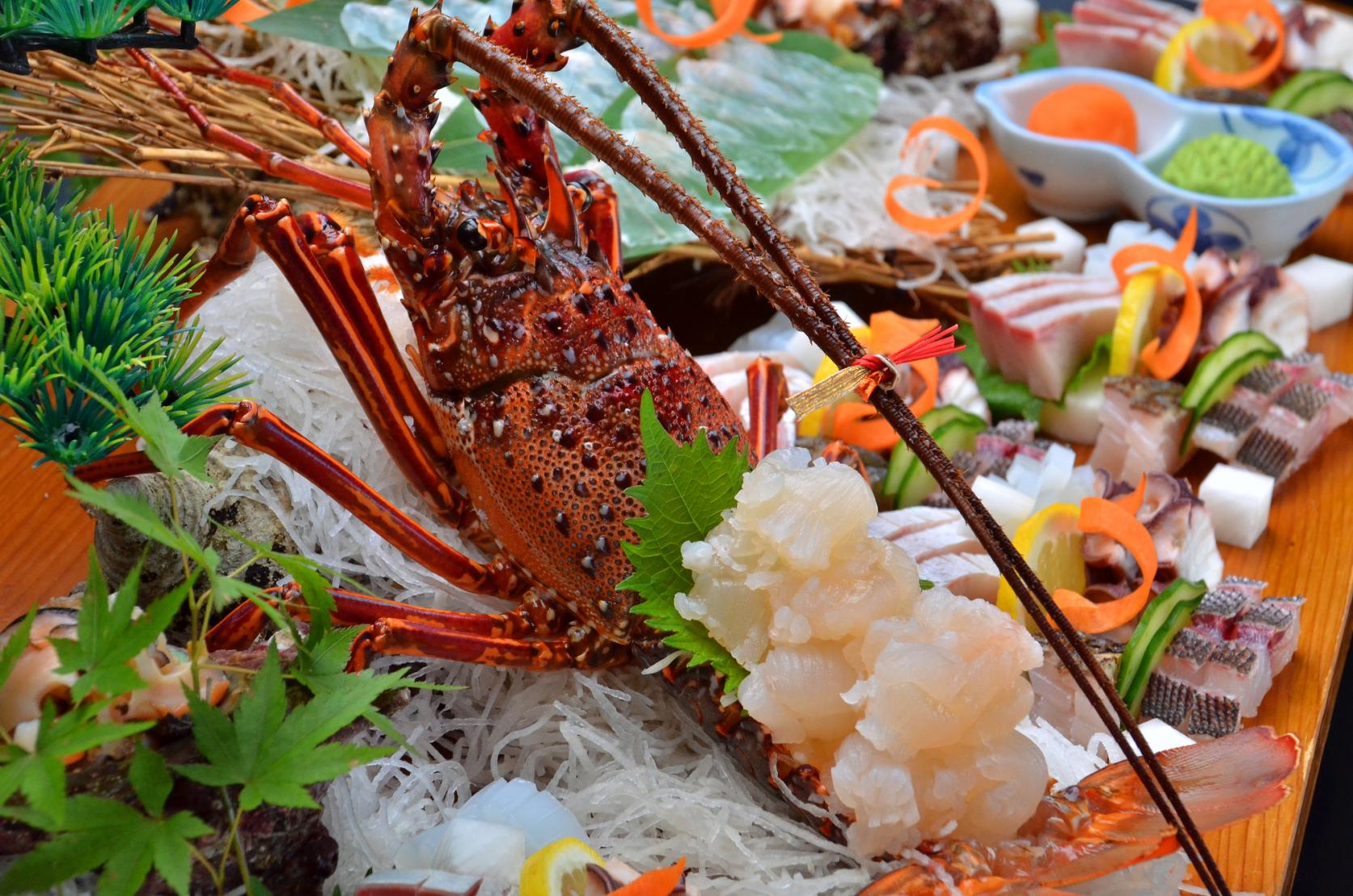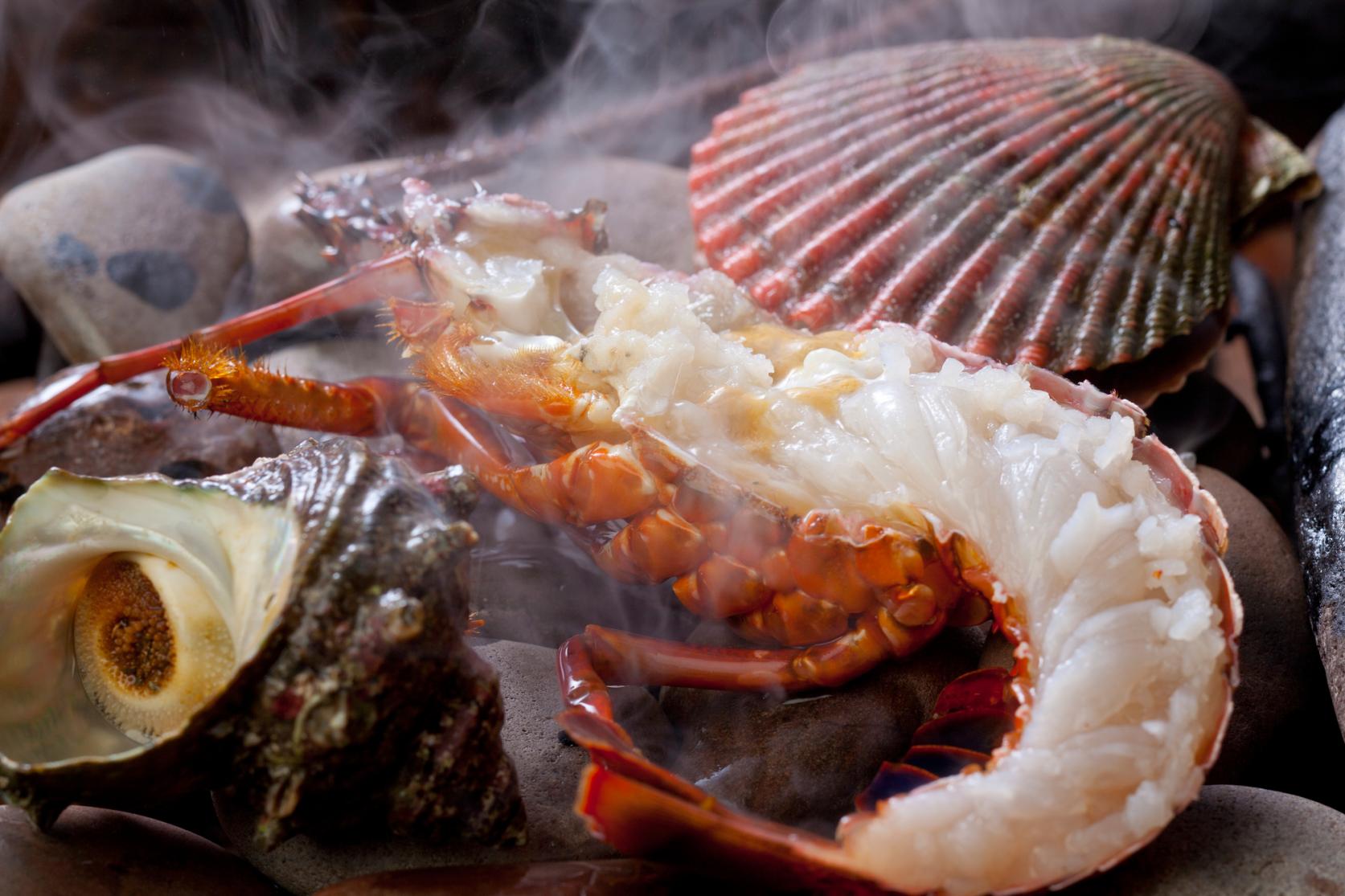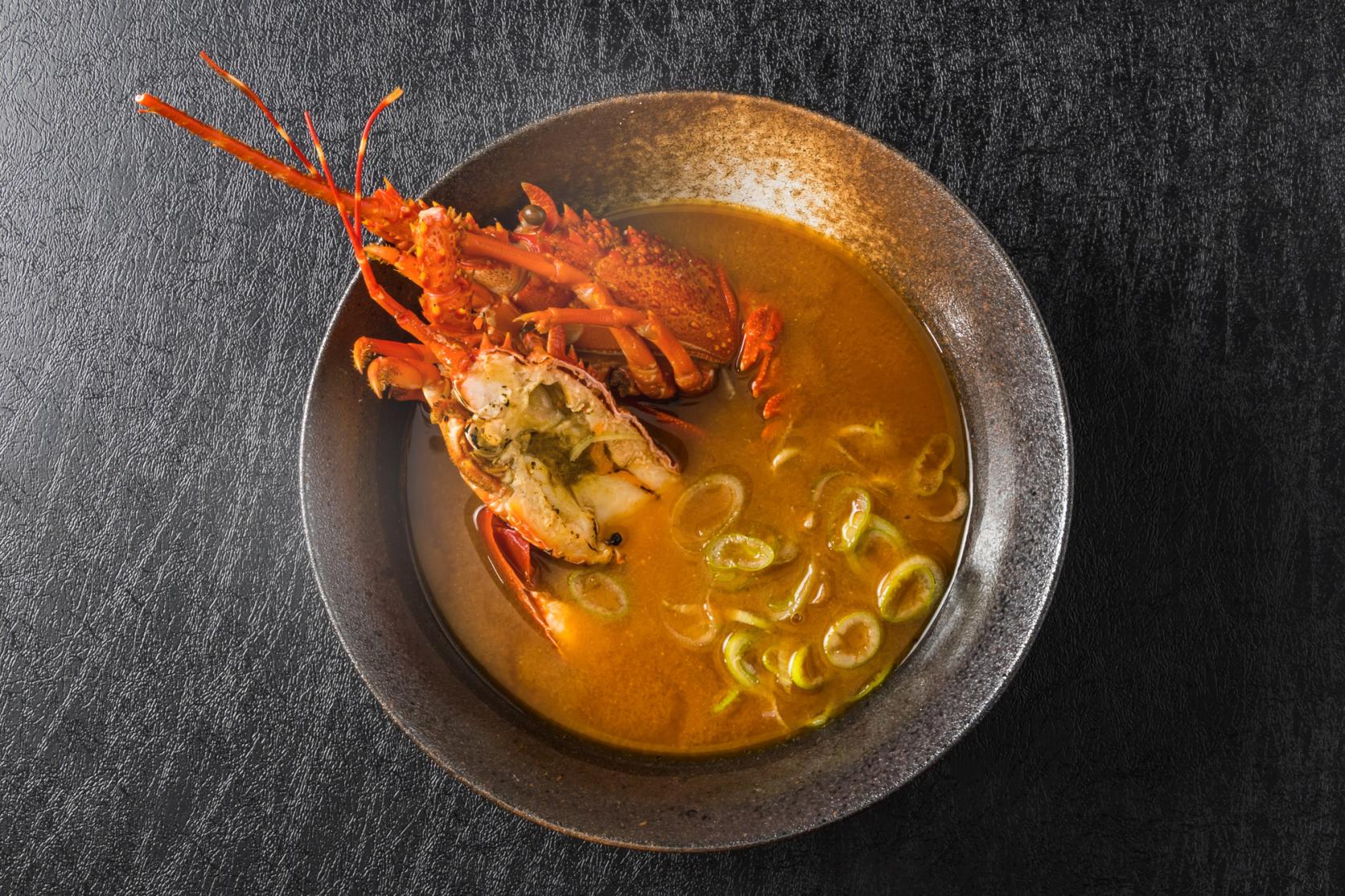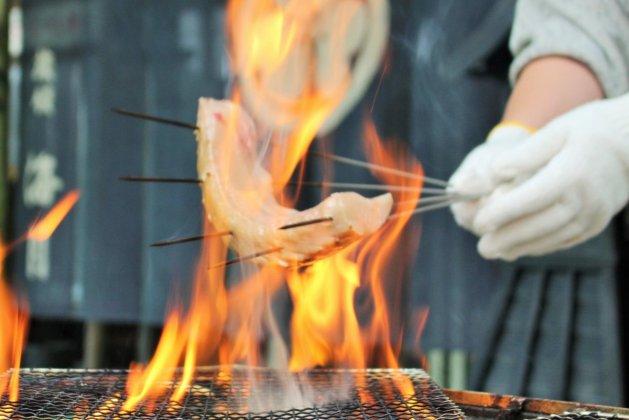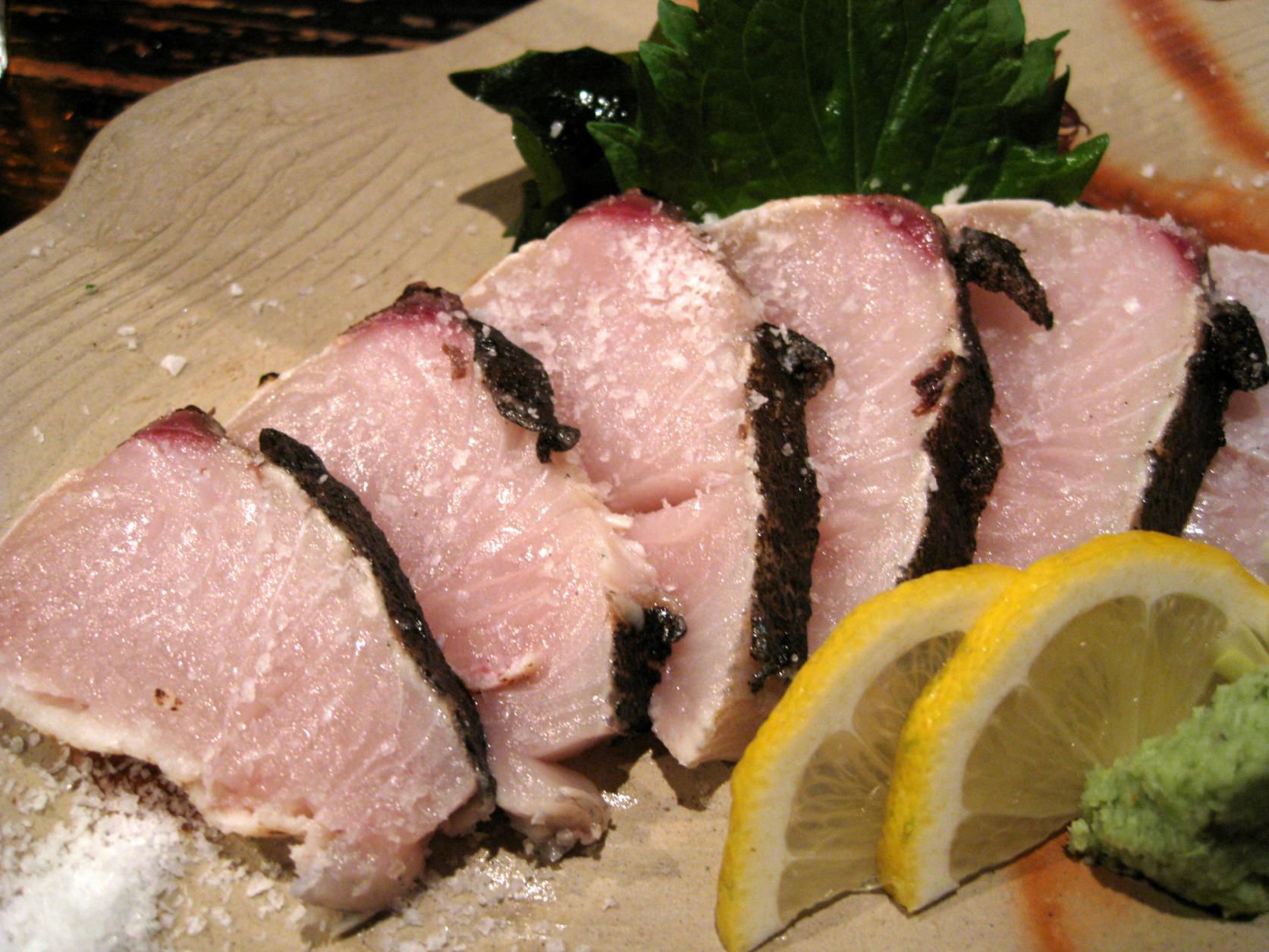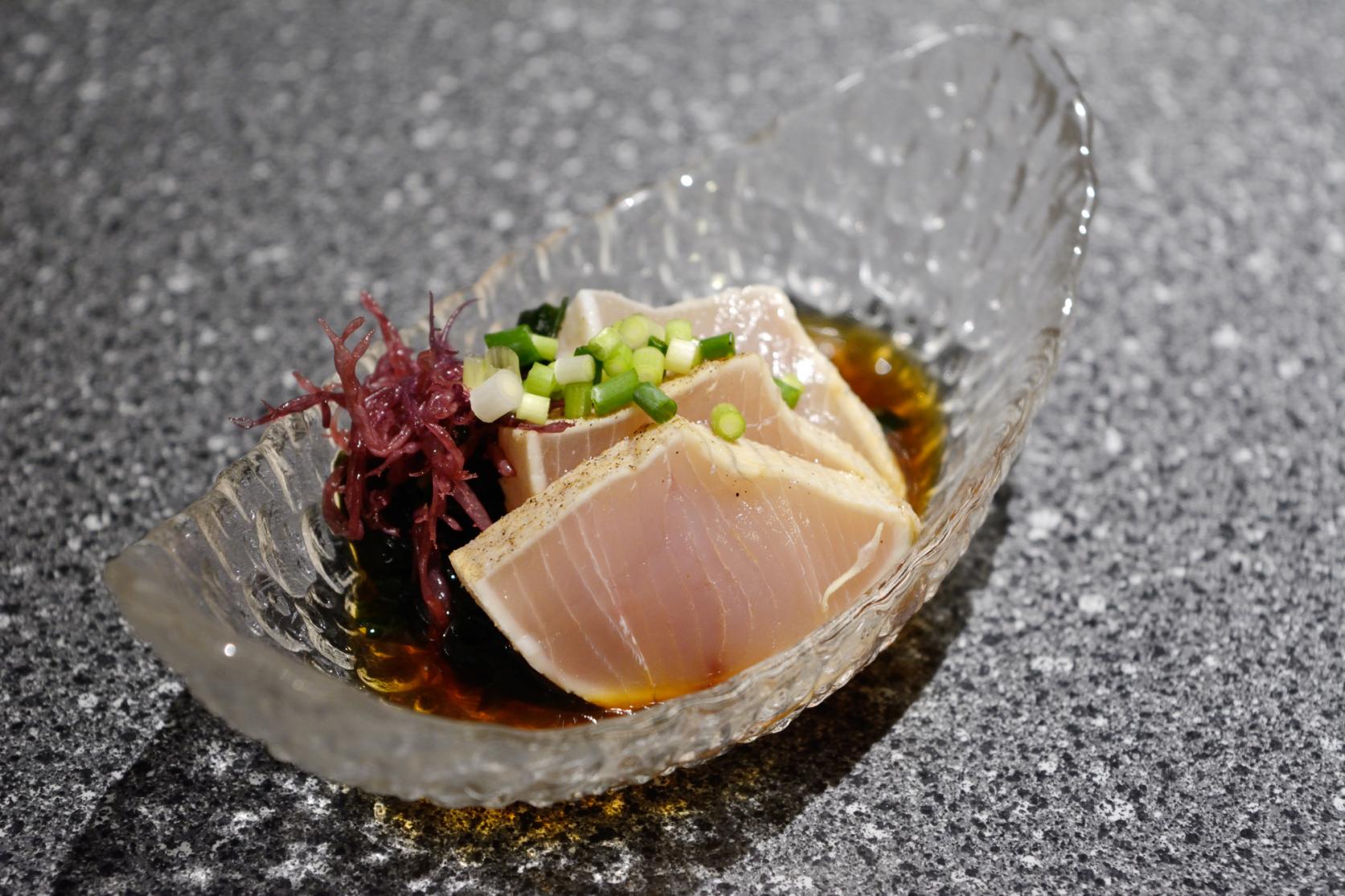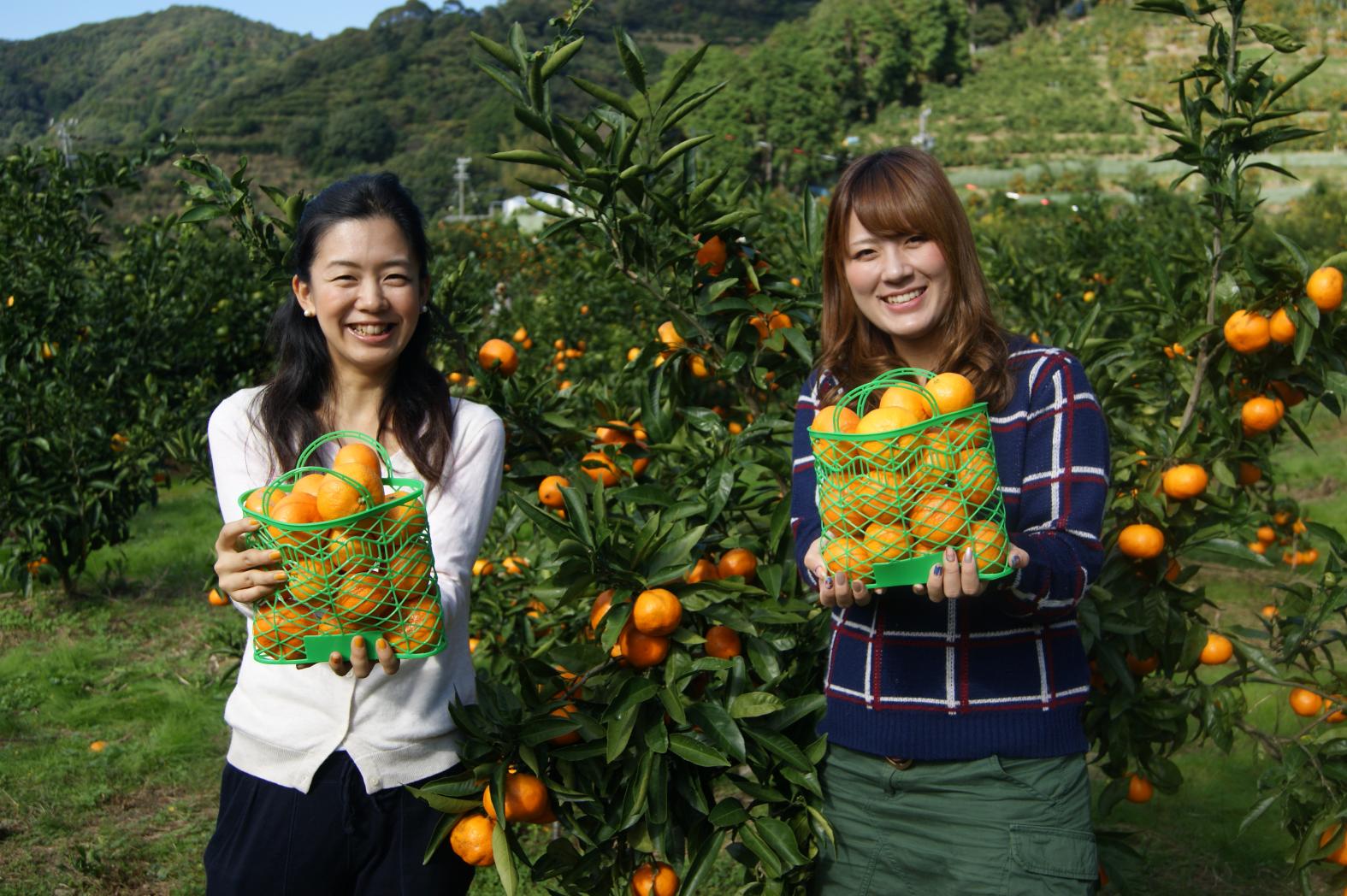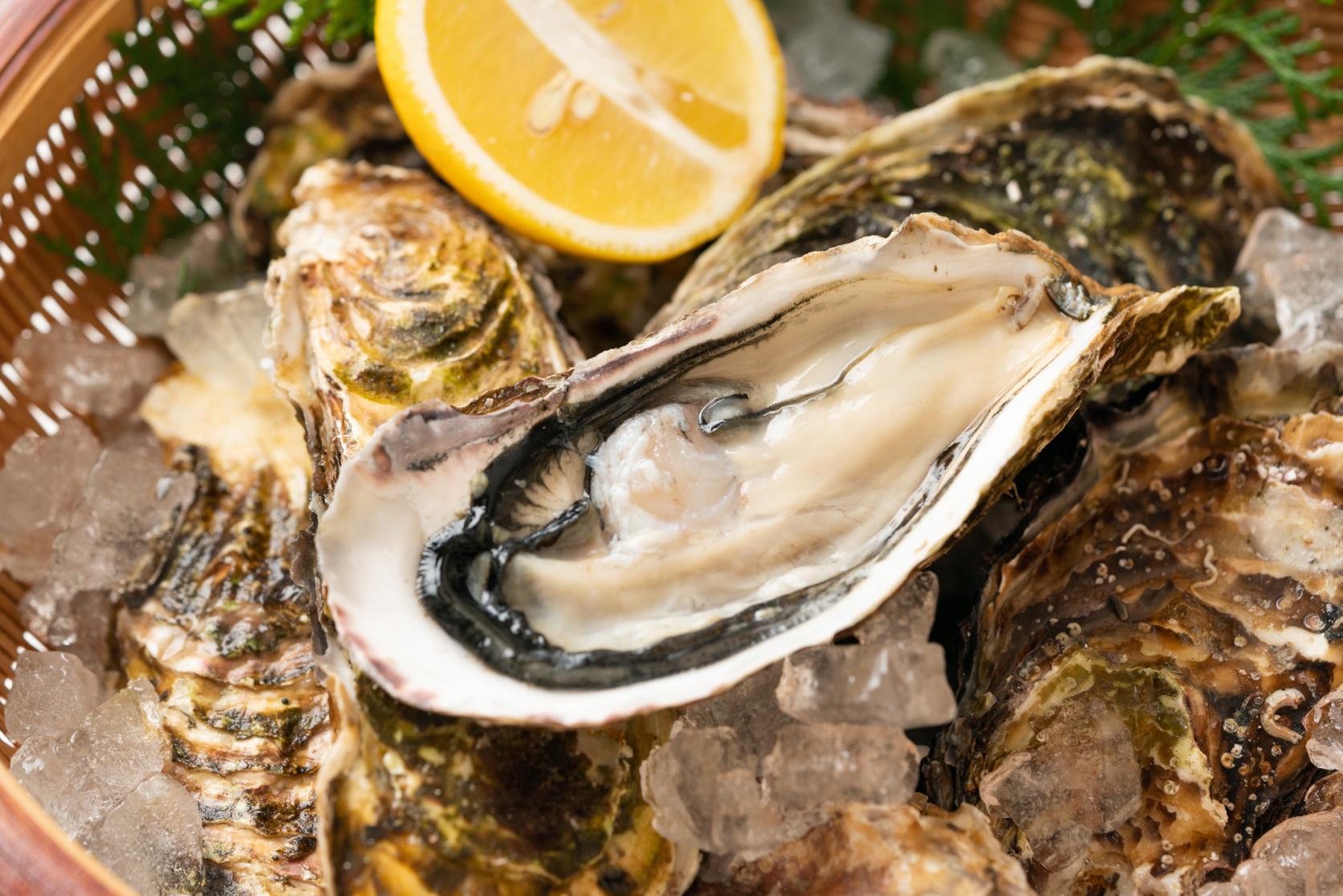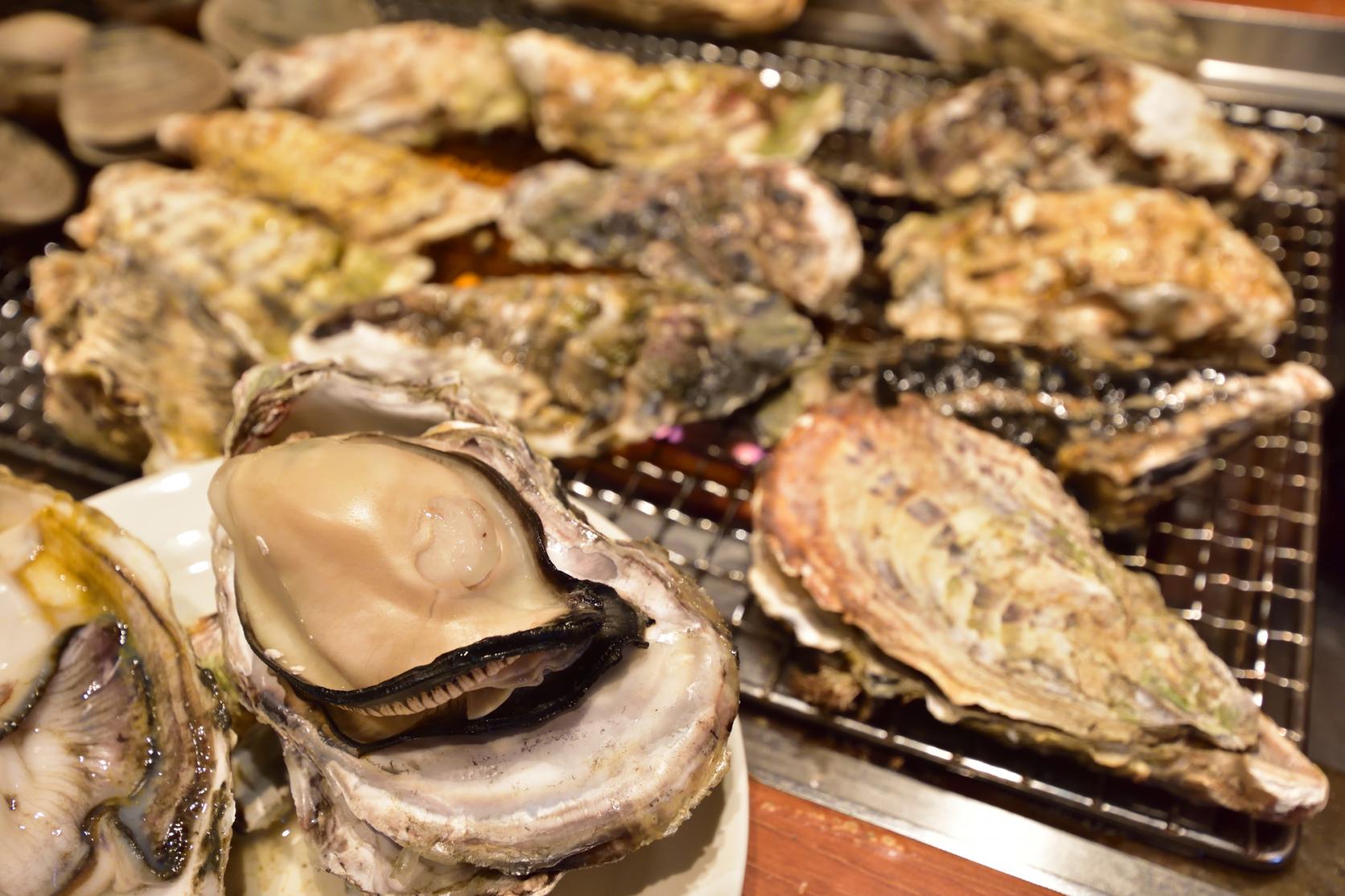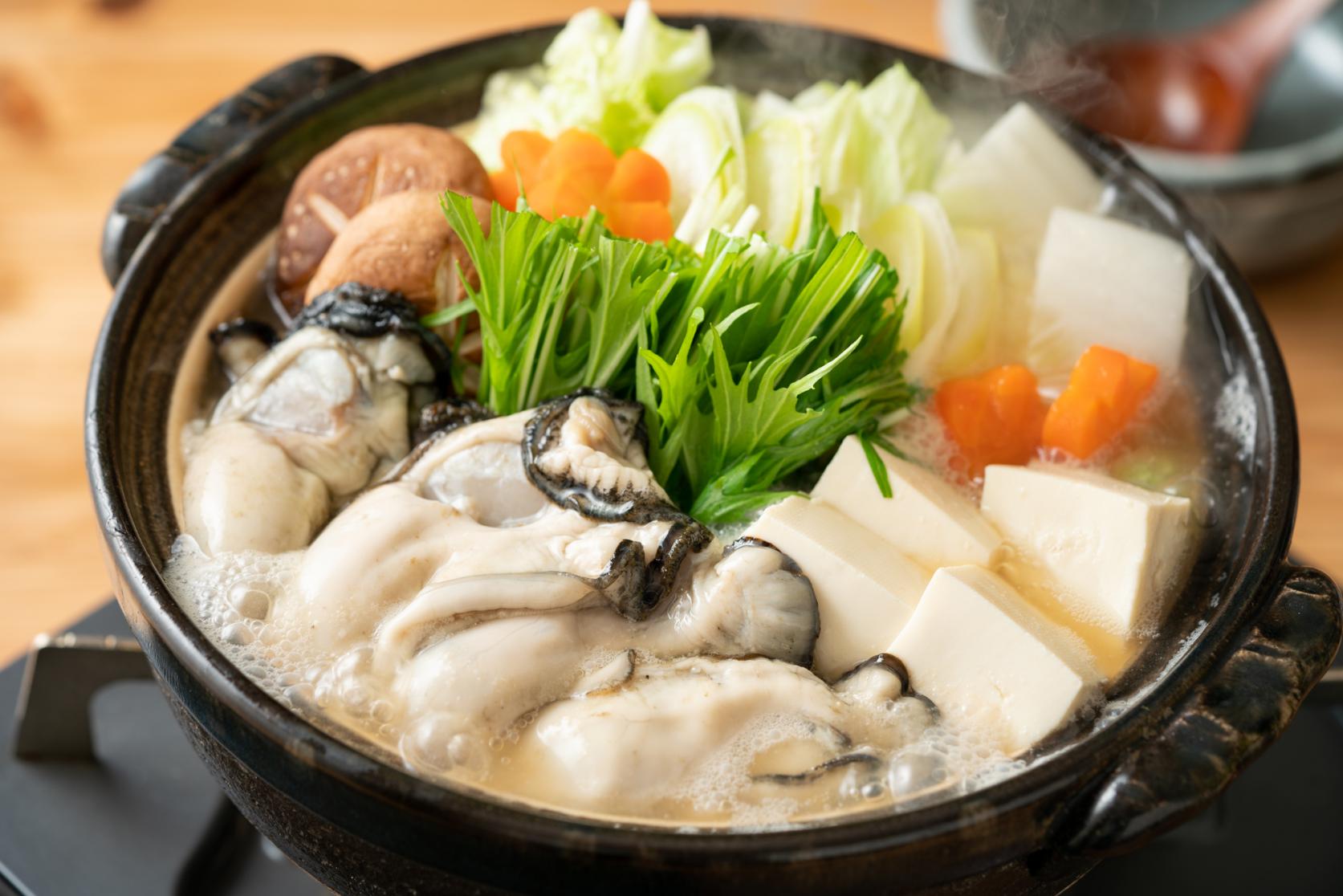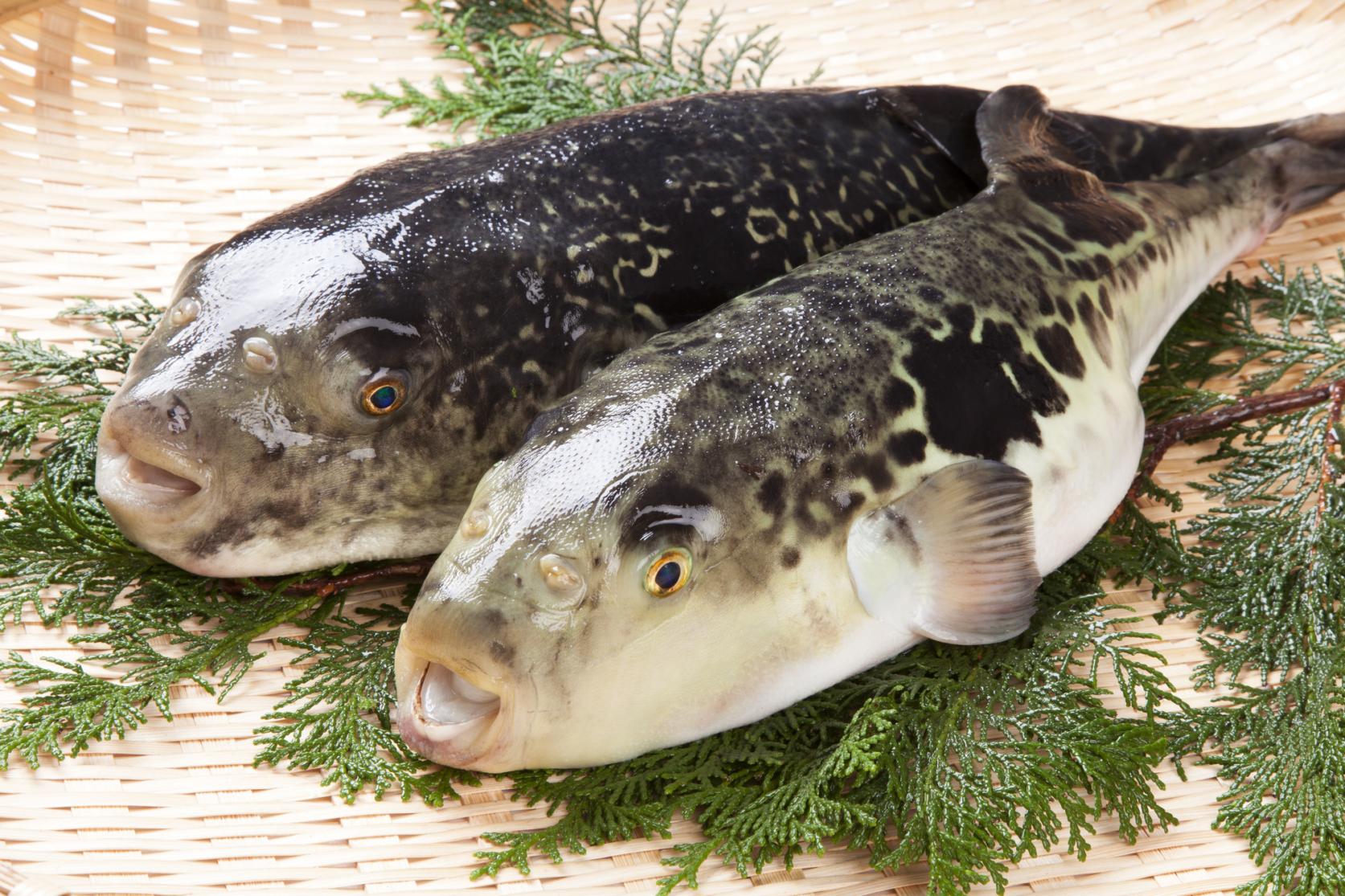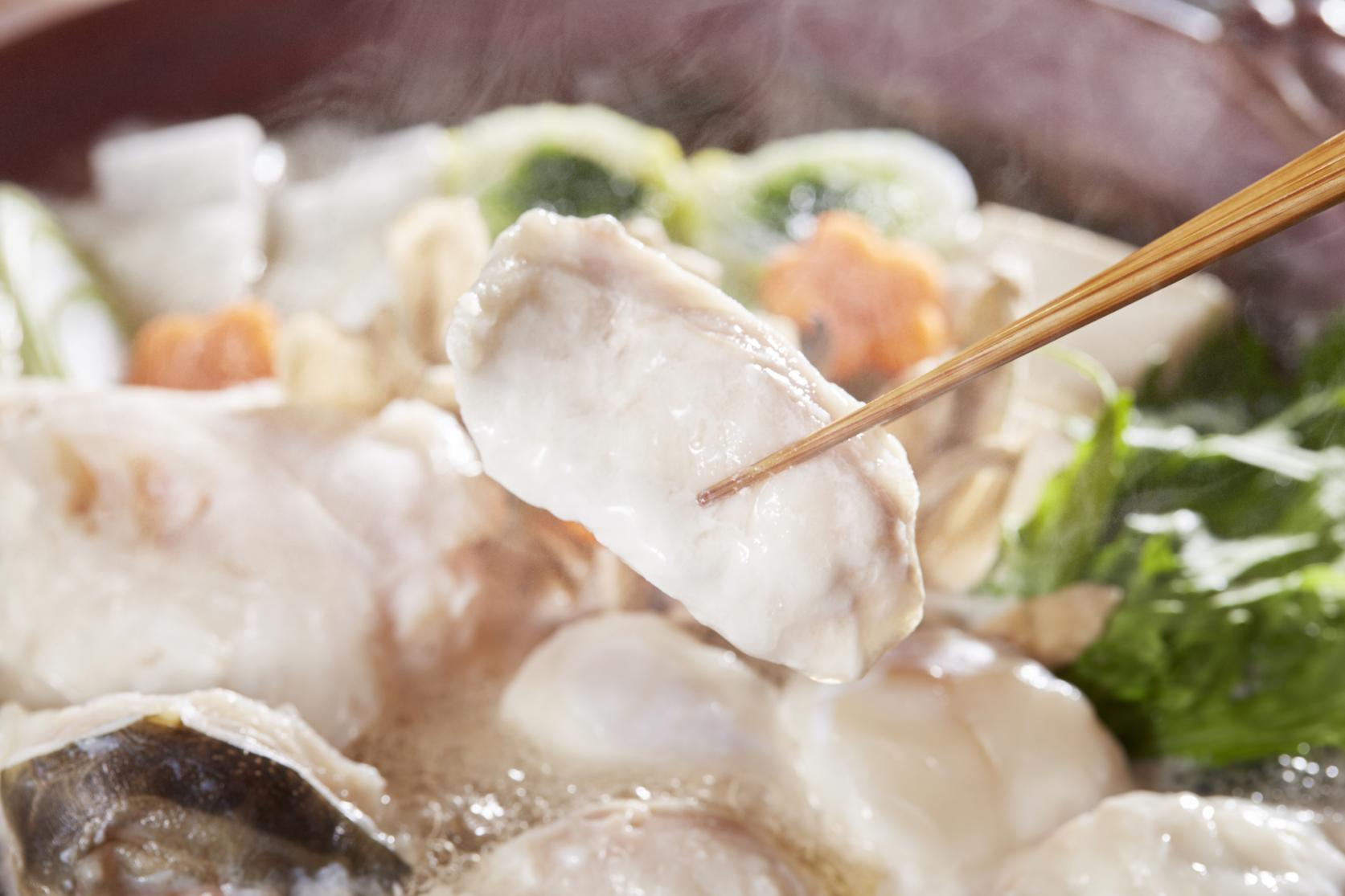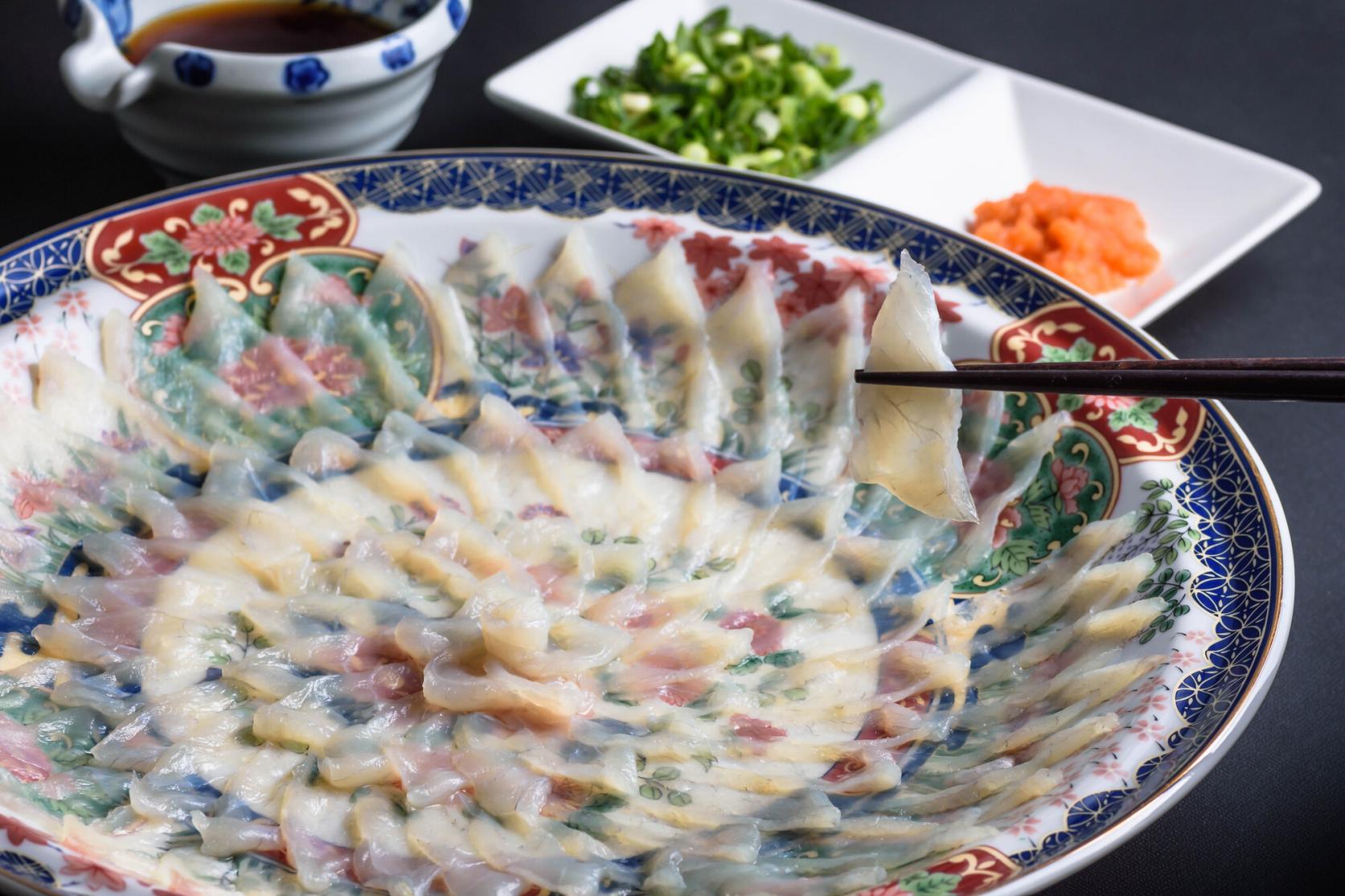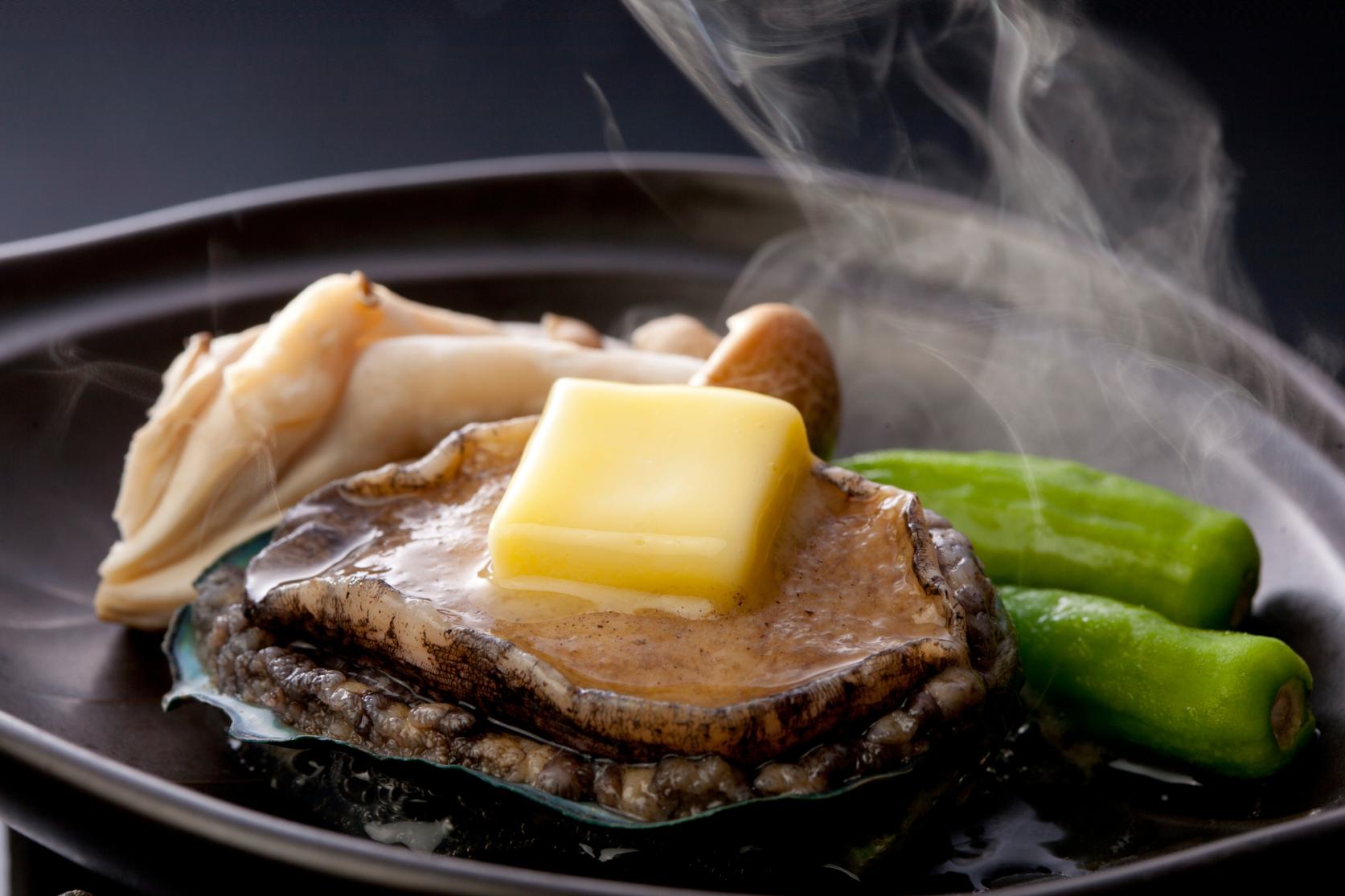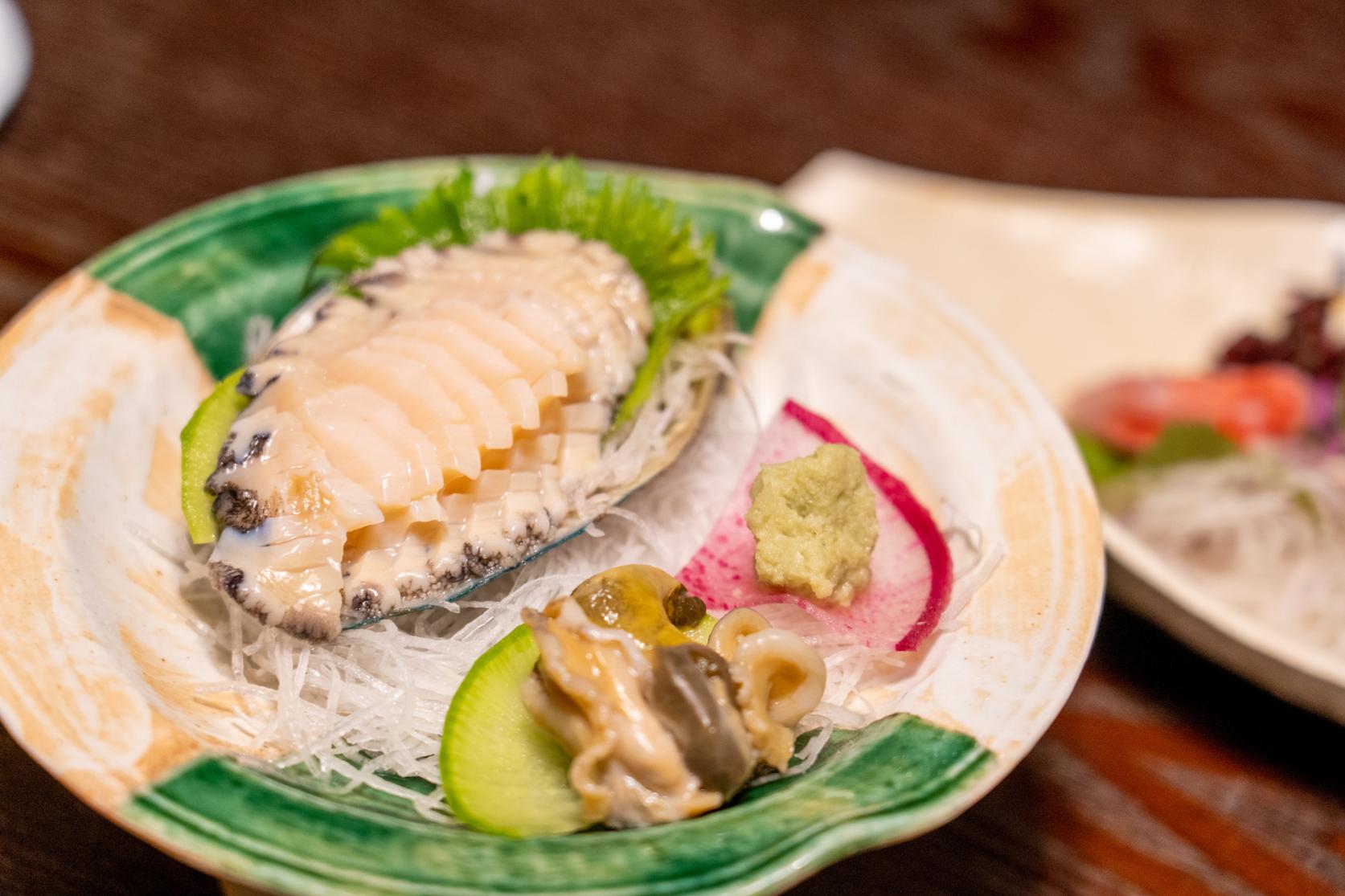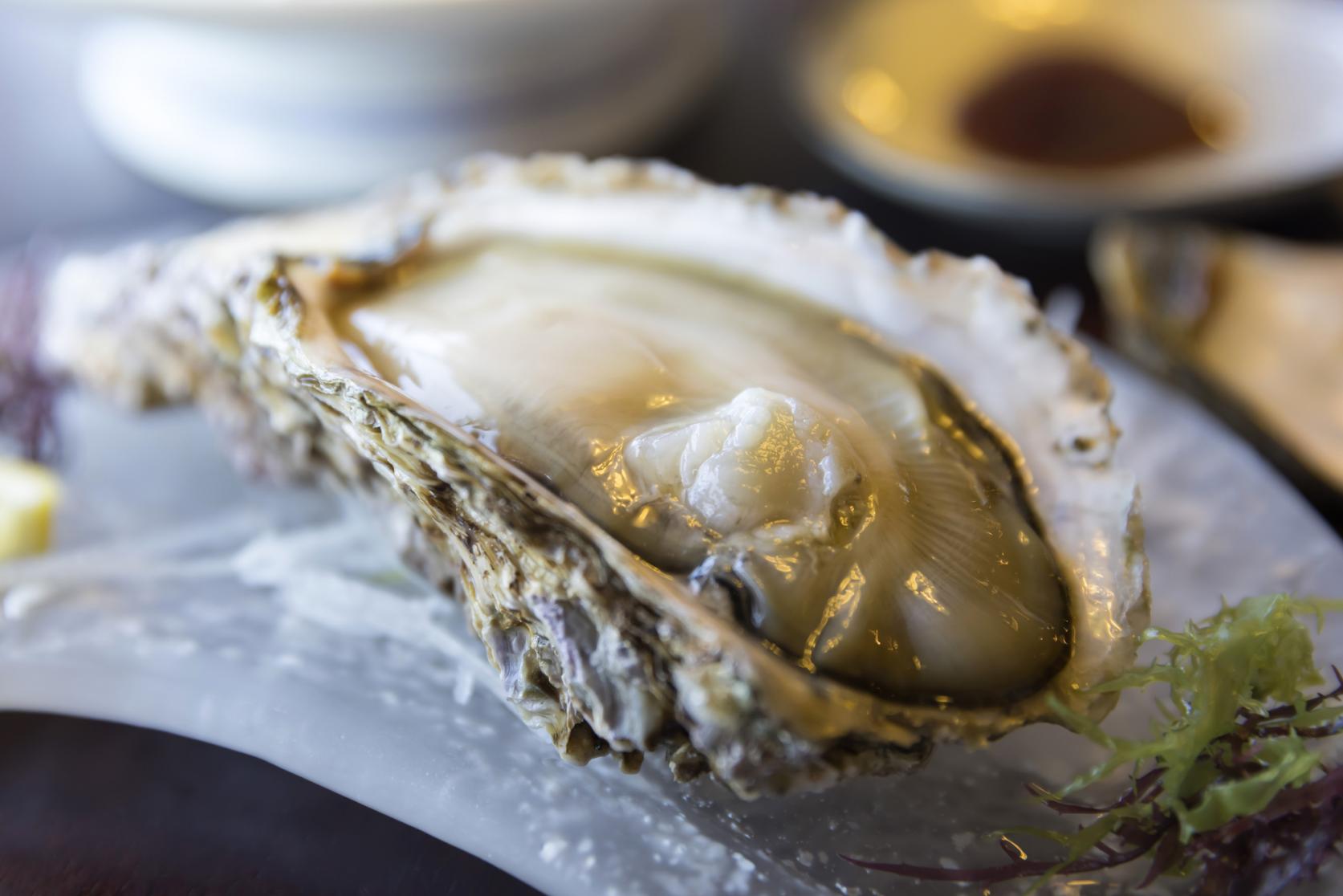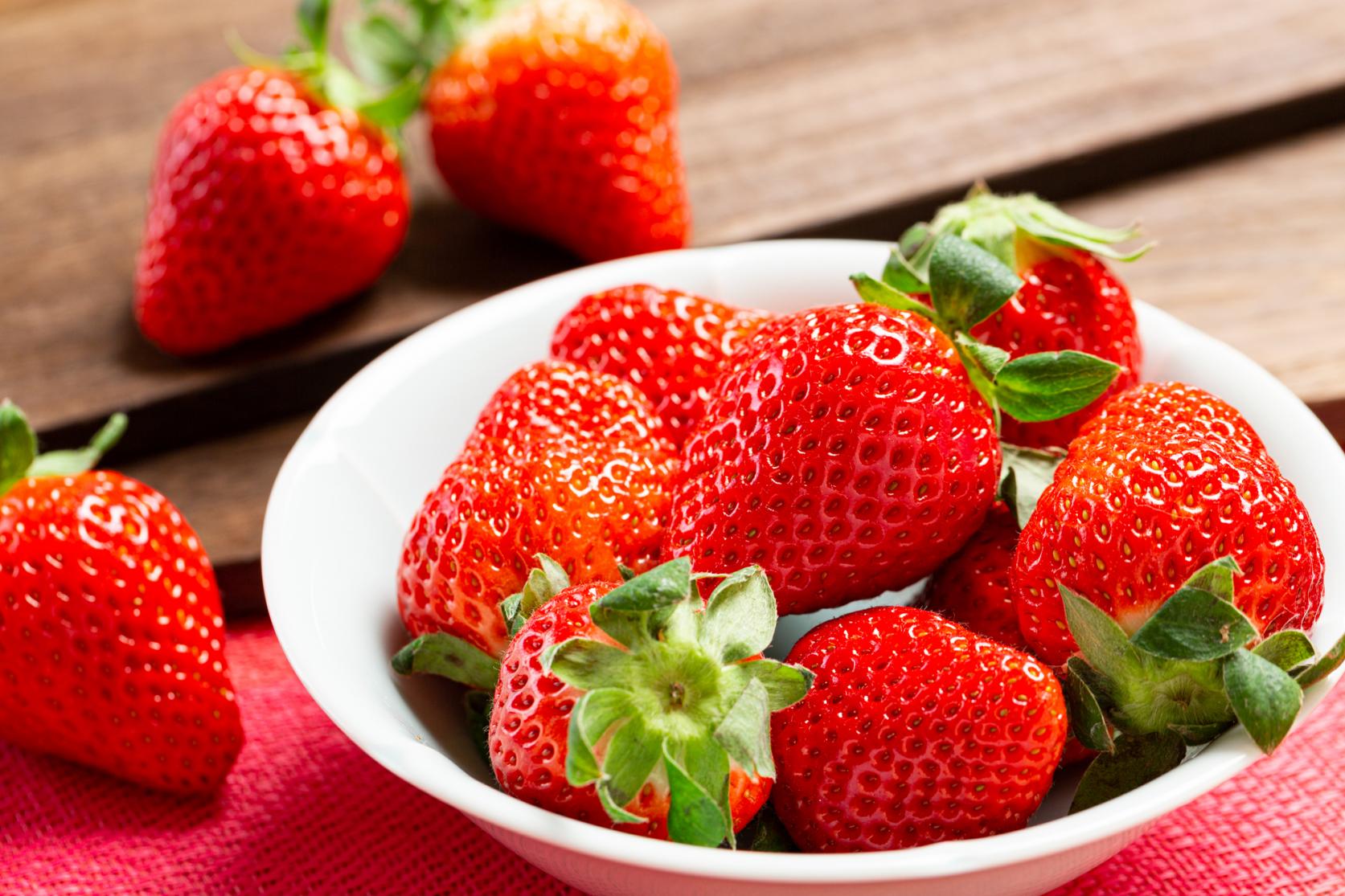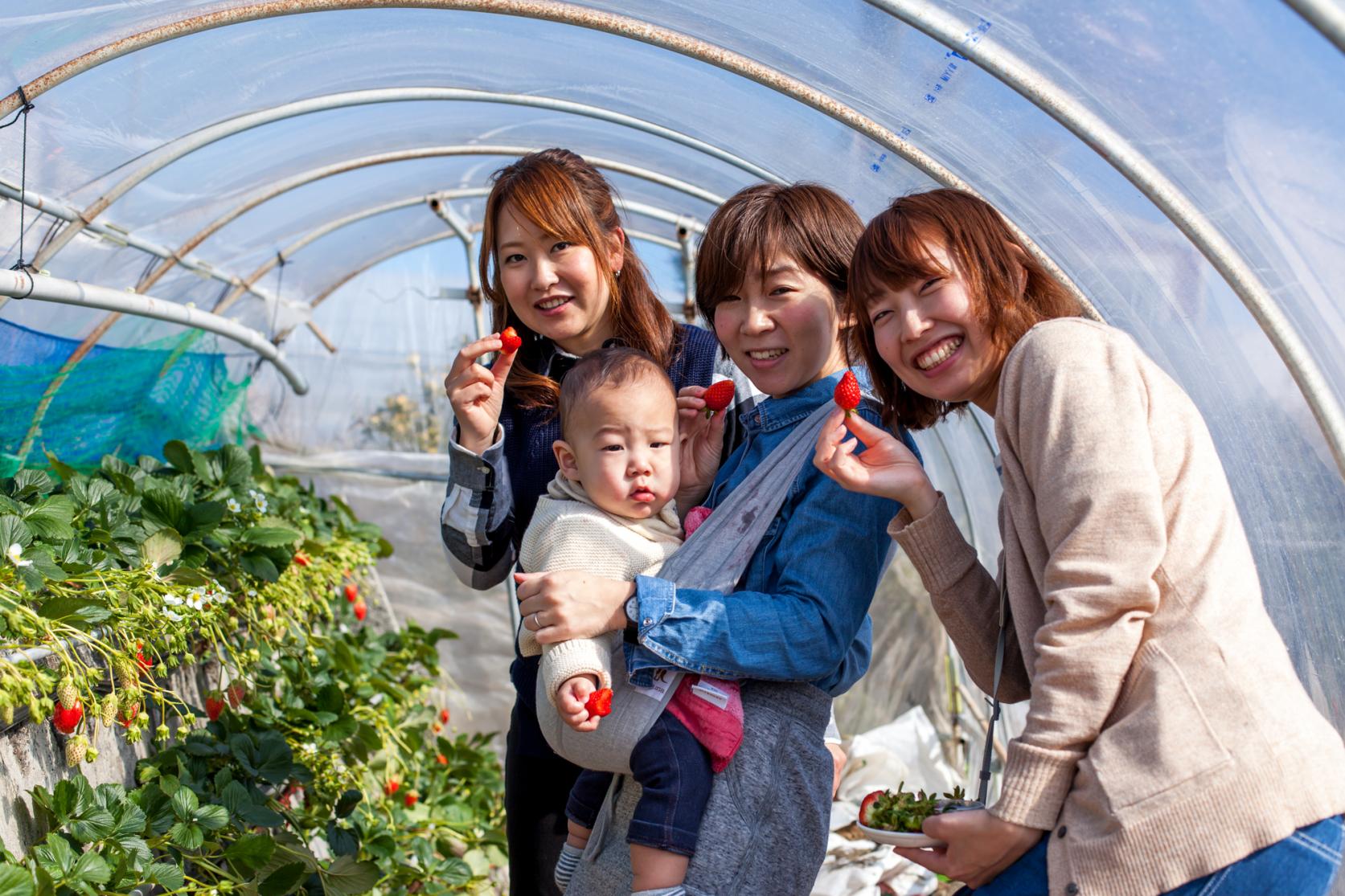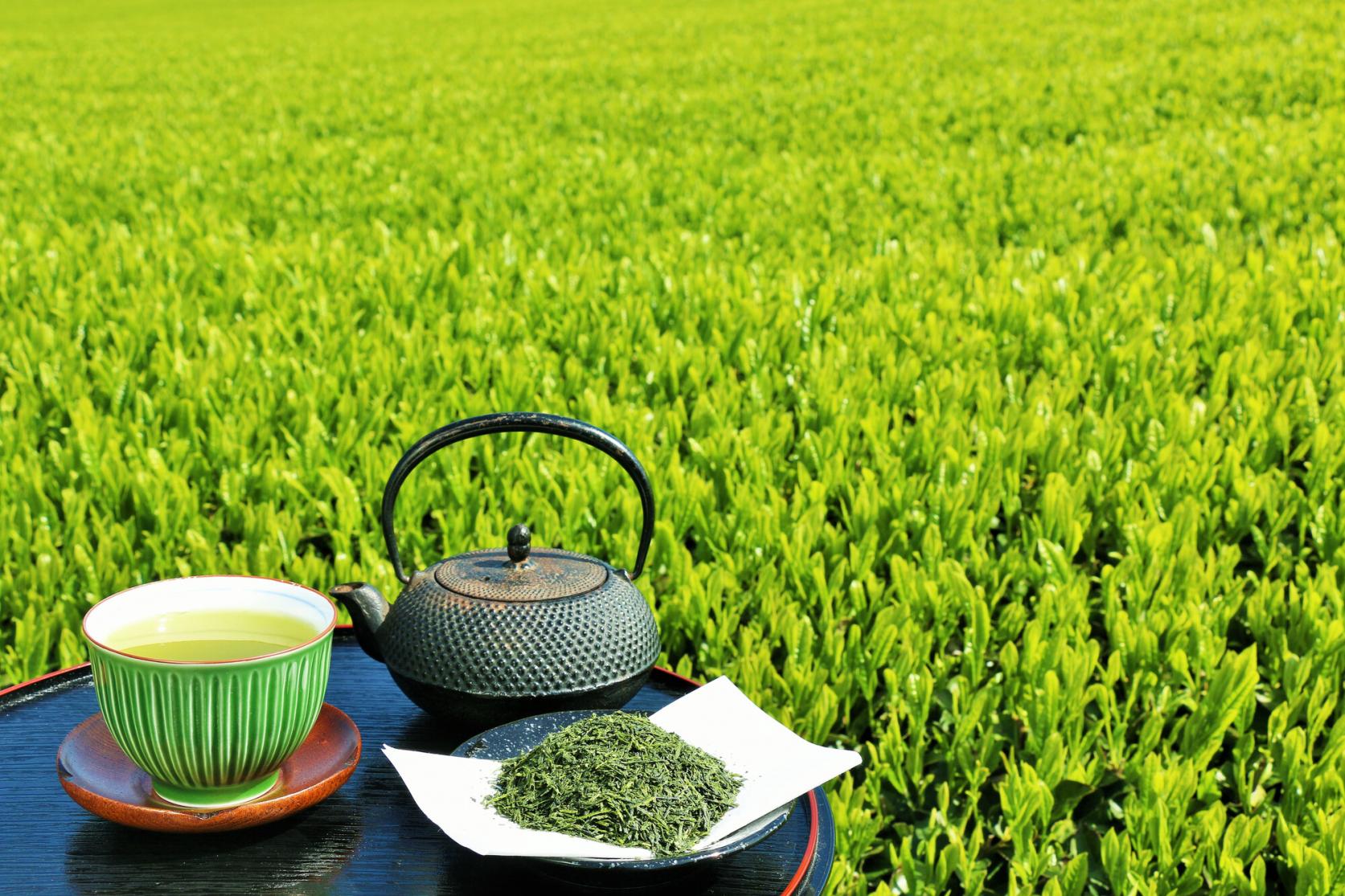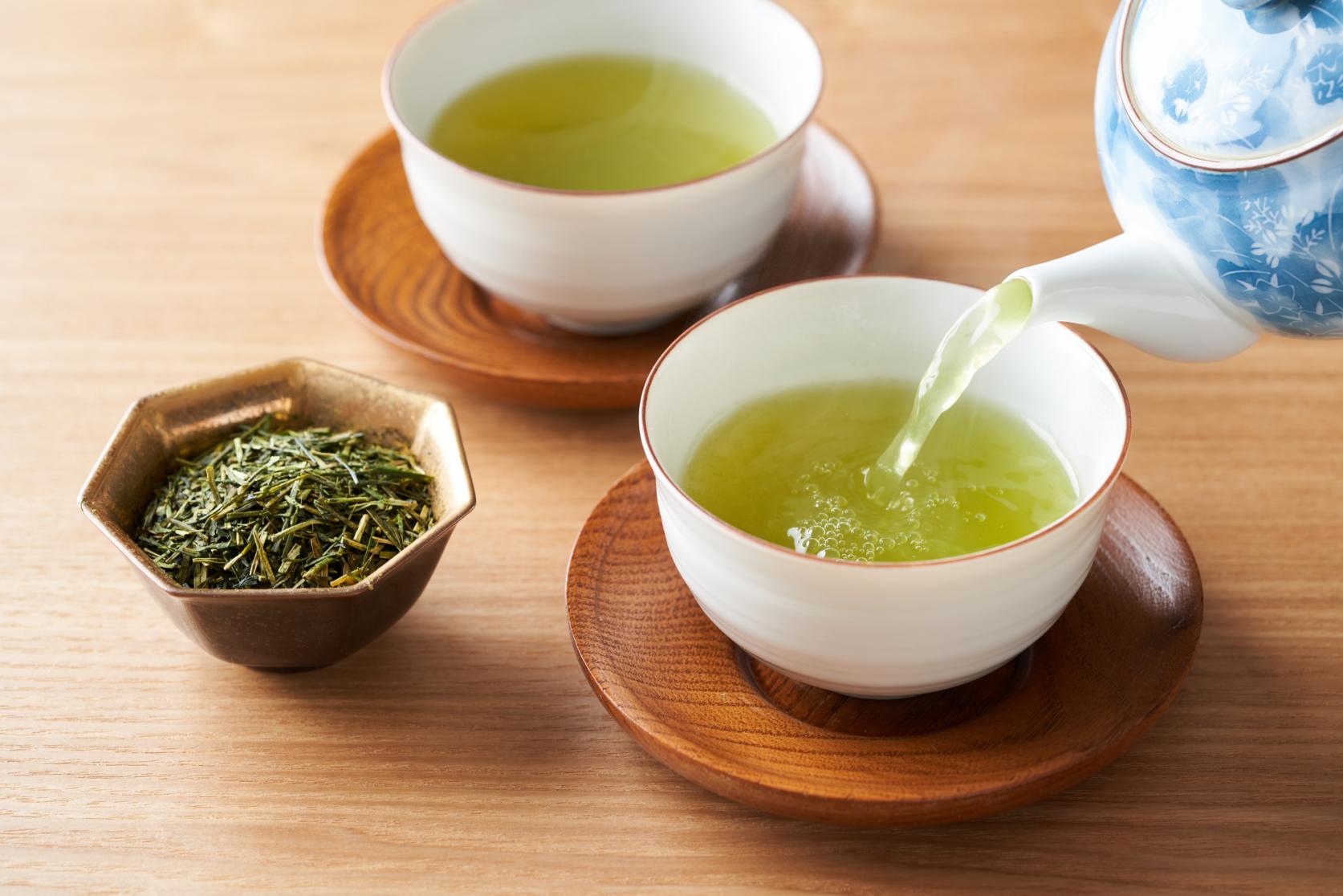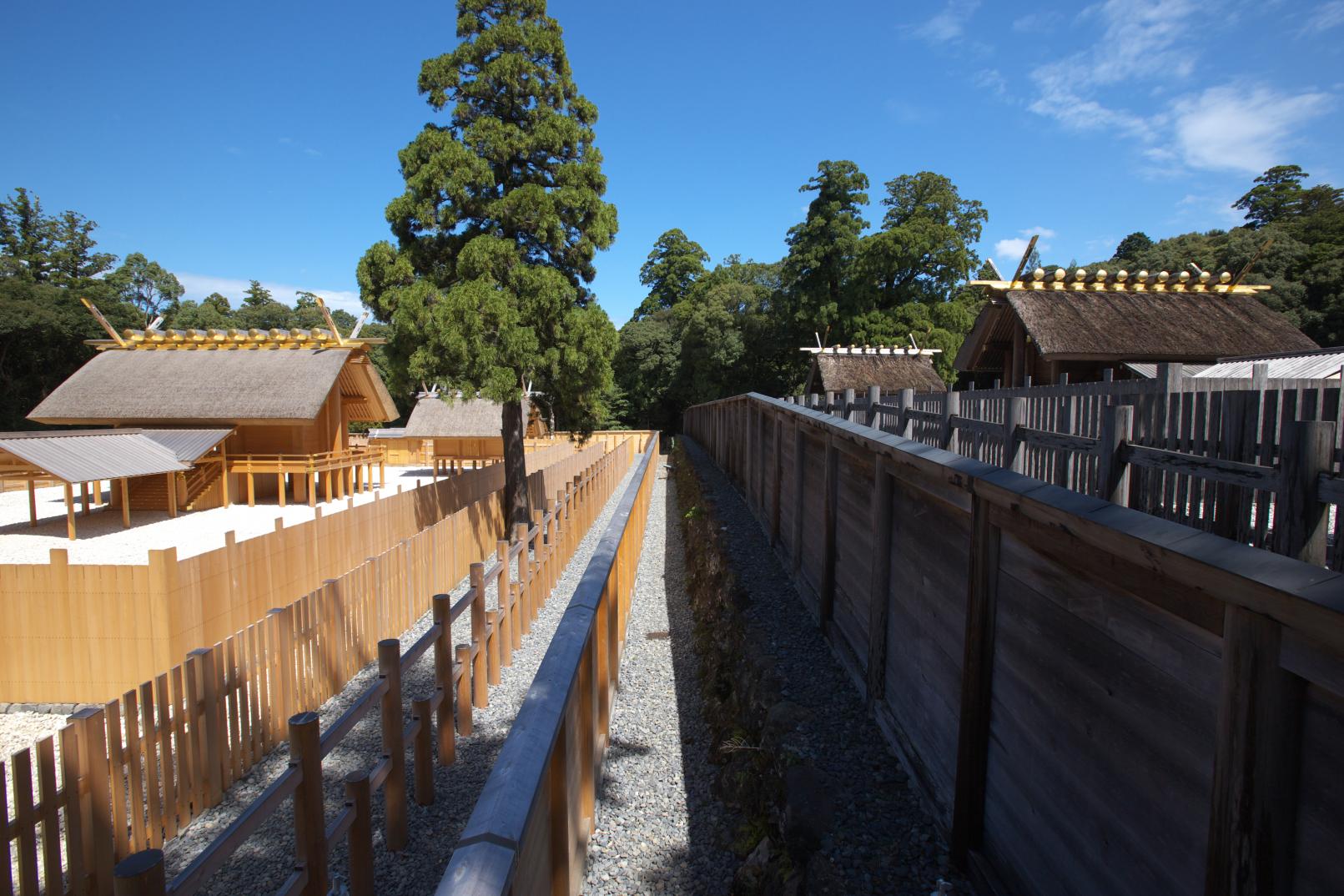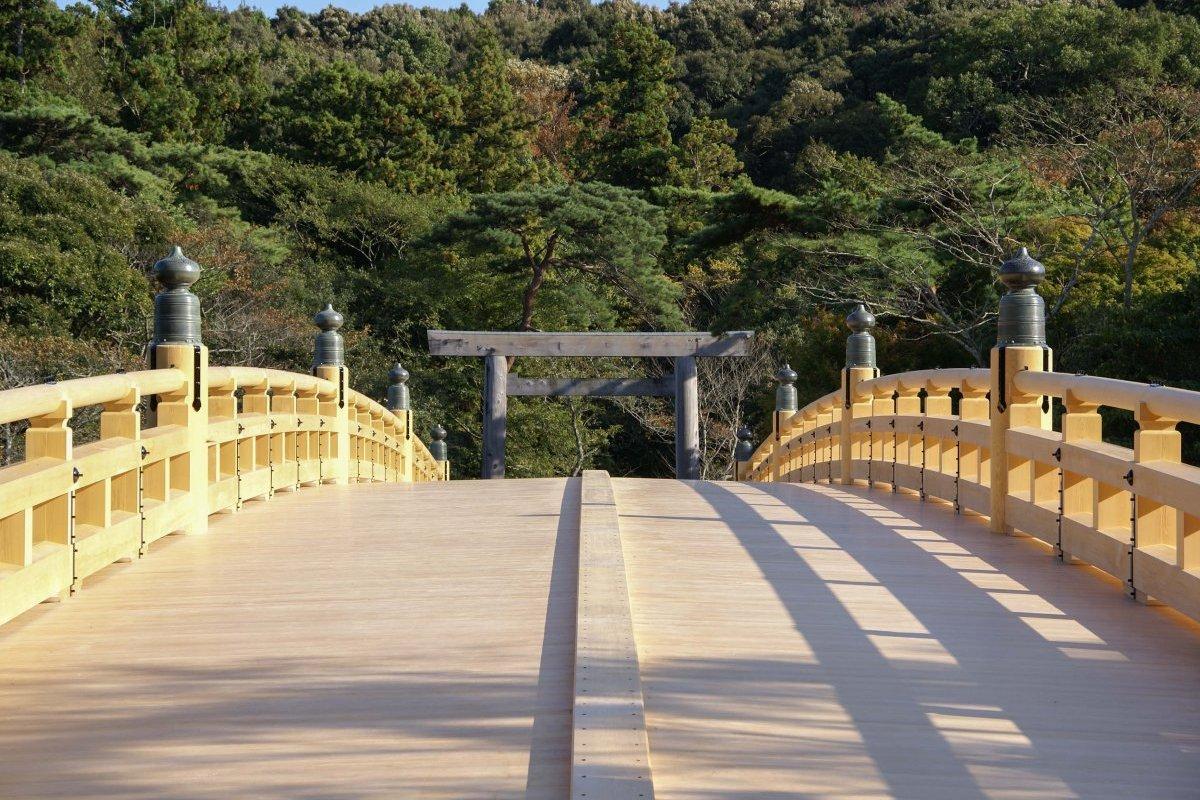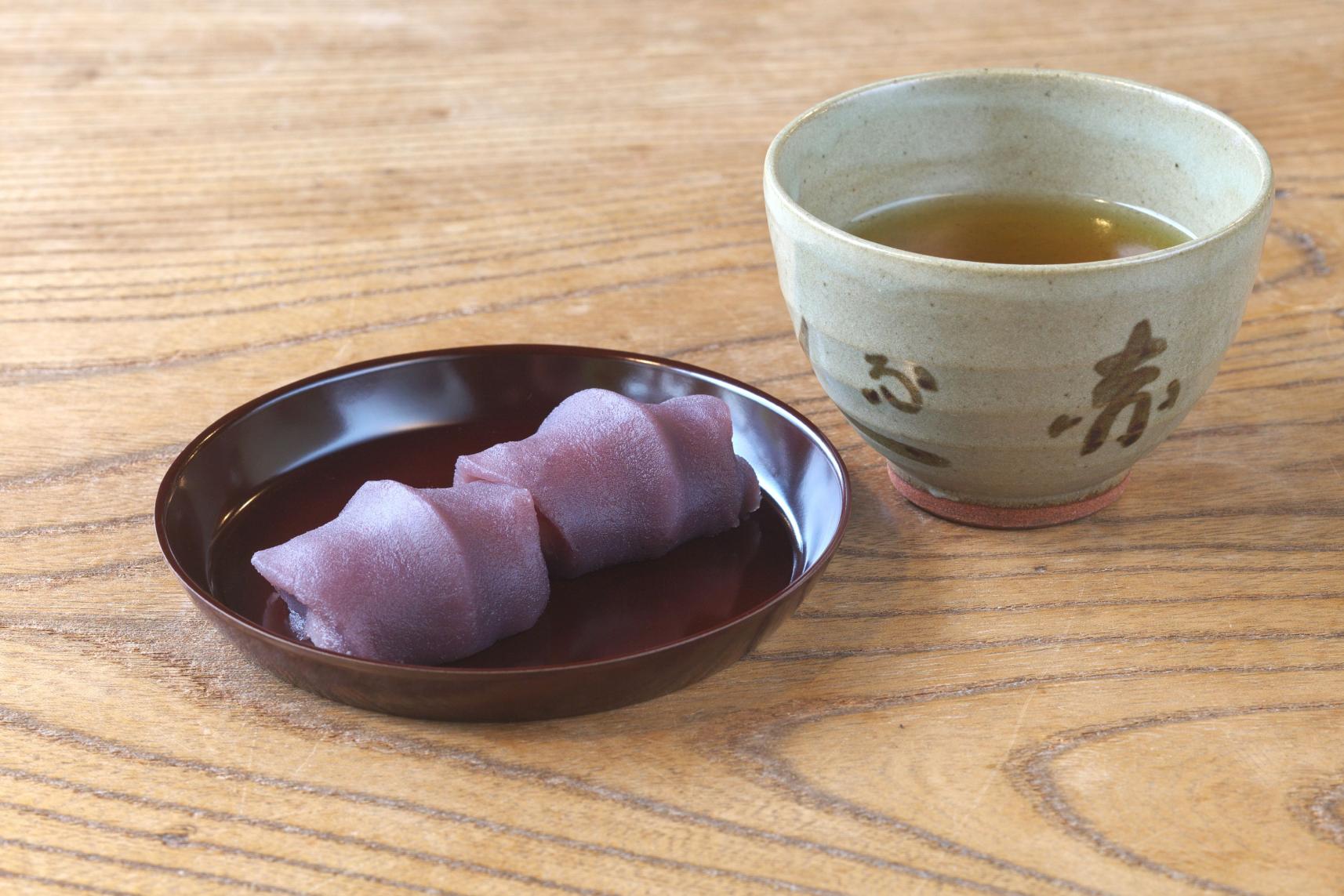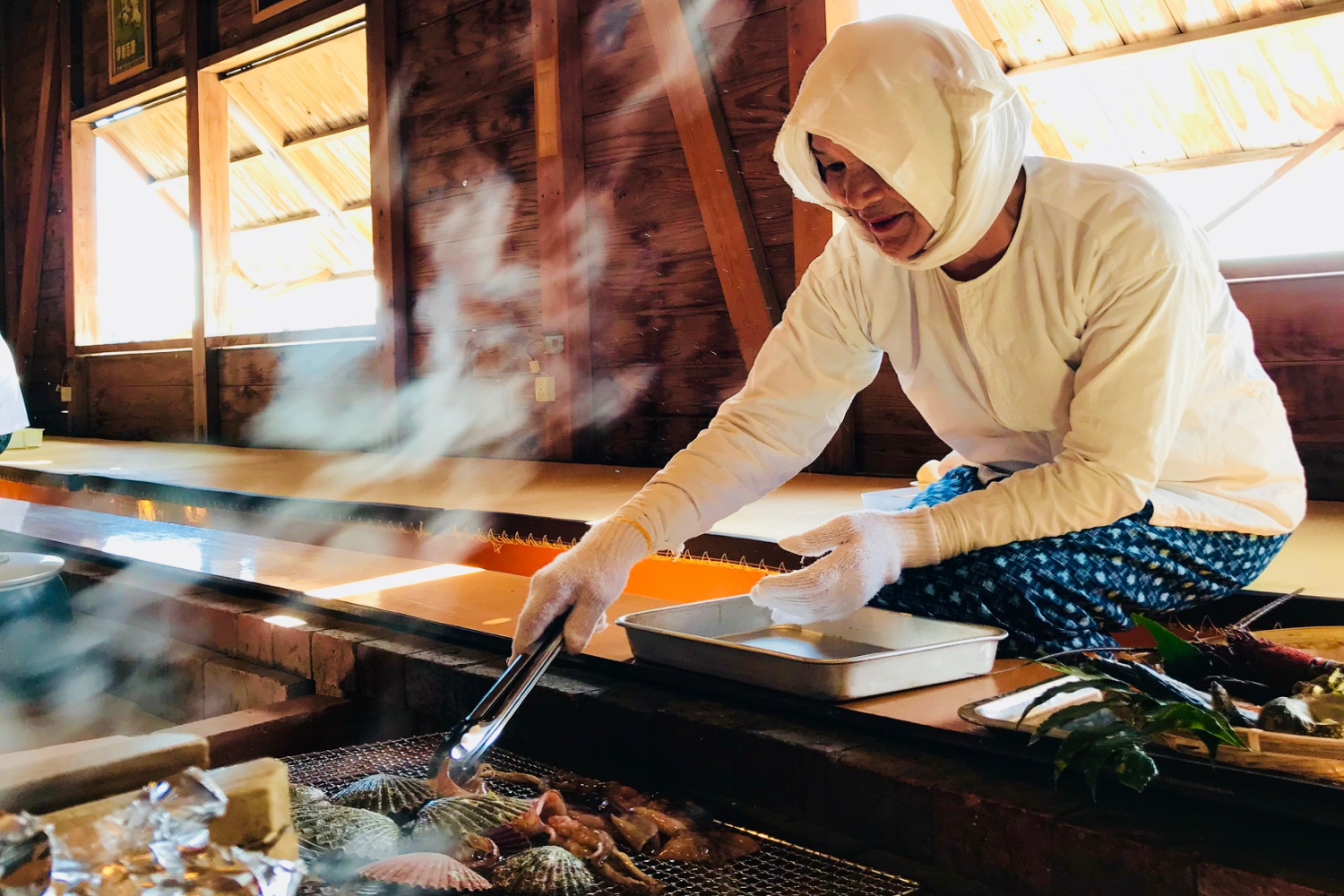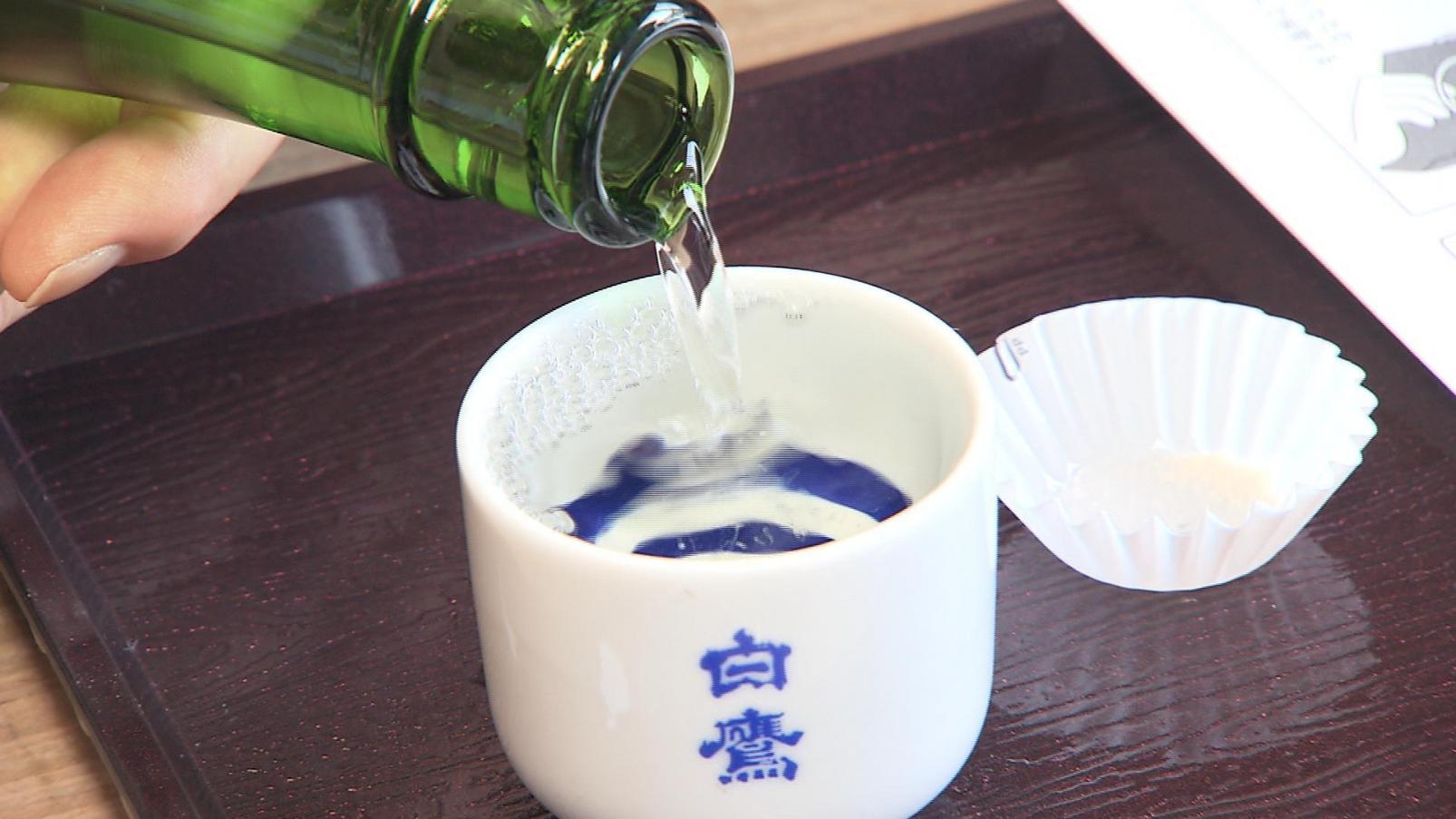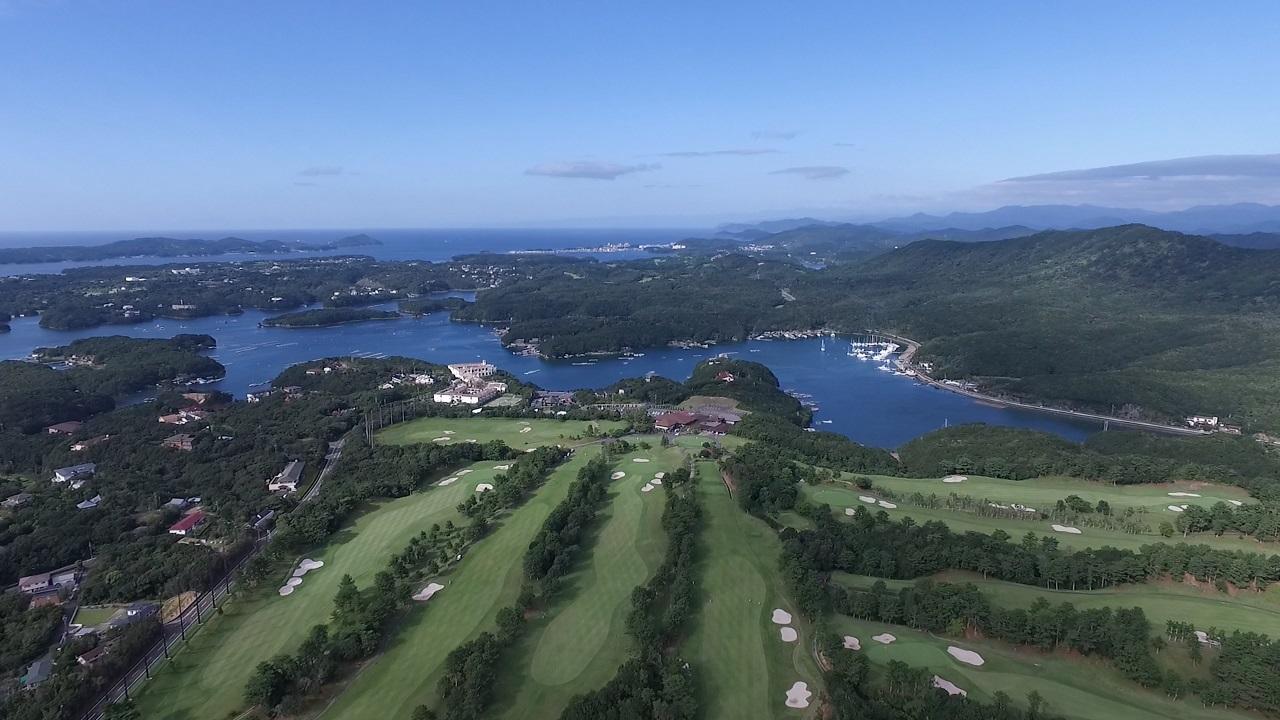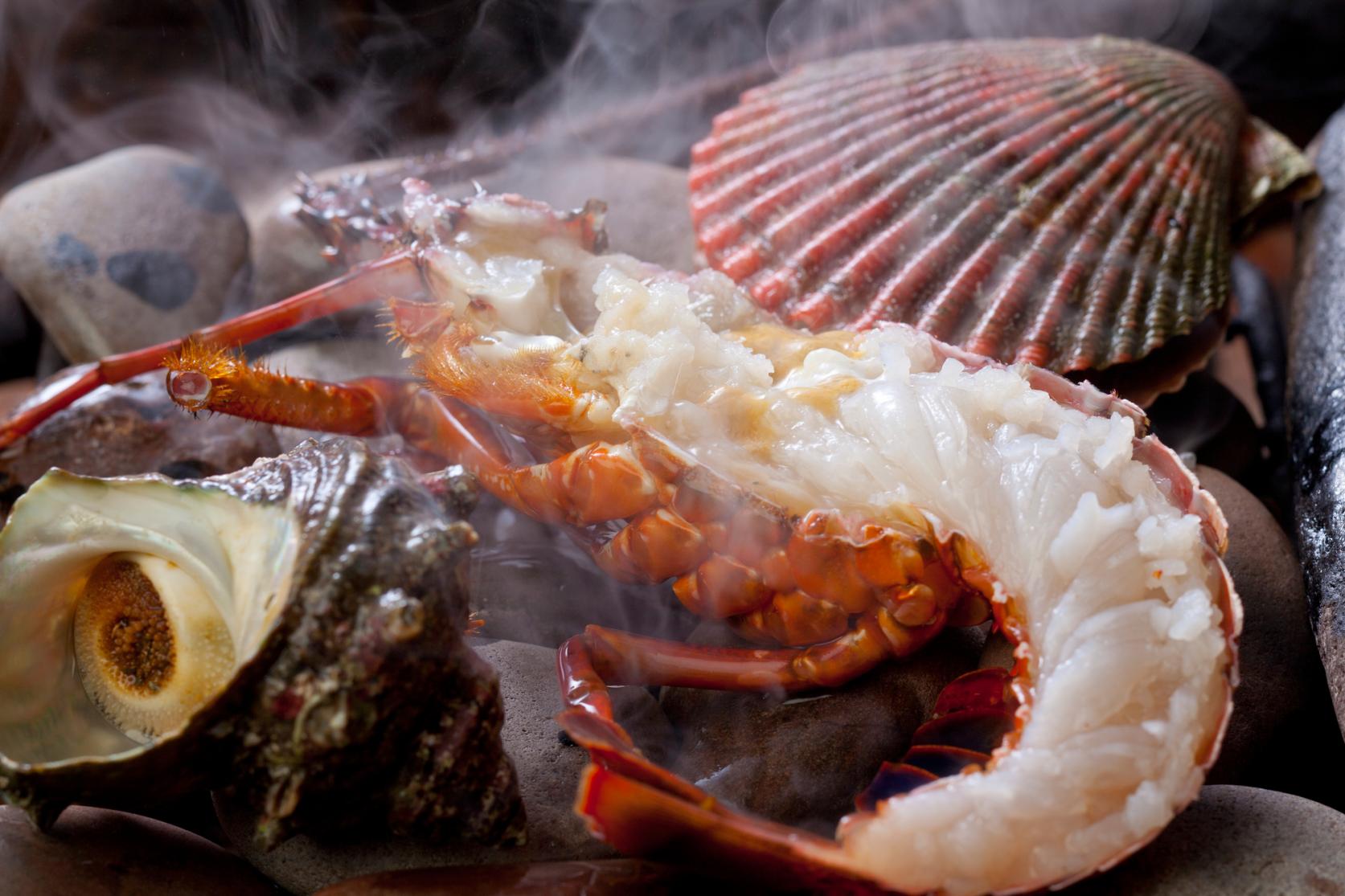
Miketsukuni Gourmet Special
The Shima region has been known as Miketsukuni, meaning a region that provides food to the Emperor, since ancient times.
There has been no change to the regional environment where delicious ingredients are gathered!
This is an introduction of Iseshima's cuisine by the season.
Autumnal cuisine will whet your appetite!
Ise-ebi (spiny lobsters) are in season from autumn.
The firm lobster meat is so plump that it seems it could burst! If you eat it as raw sashimi, you will experience overwhelming melt-in-your mouth sweetness and rich flavor.
It also has first-rate flavor and aroma when grilled at an inn, ama divers' hut, or other such establishment. Some traditional ryokan inns will serve you the ultimate miso soup with lobster head the morning after a lobster dinner.
Although the kanji character for Sawara mackerel contains the character for spring as its right radical, the fish is in season from autumn to winter. It is one of the fattiest fish served in Japan.
In Iseshima, the most common way to eat Sawara mackerel is to grill it. Enjoy the refreshing flavor that is not too fishy as you savor the umami of the fat.
In Minamiise Town, the mikan citrus fruit harvest is at its peak in autumn. You can also enjoy mikan picking only during this season.
Iseshima cuisine offers warmth in winter!
Matoya oysters are in season from autumn to winter. The oysters are full of nutrients from the sea and have a rich flavor. Despite this, they do not have a strong smell, so they are recommended for people who usually do not like oysters.
During this season, oyster huts are lined up in the Uramura area of Toba, and many people gather here for all-you-can-eat oysters.
Fugu blowfish is an exemplary winter food. In particular, Anorifugu is a luxury brand of fugu that can only be eaten in this region. Anorifugu are tossed about by the fast-flowing Kuroshio Current, which gives them a superb chewy texture when eaten raw as Tessa sashimi. On cold days, Tecchiri boiled fugu is an excellent dish not only for the tender meat, but also for the soup infused with the flavor of the fish.
Chase away the summer heat with summery cuisine!
Abalone has a special presence among the seafood caught by ama divers.
It can be enjoyed with sake if you grill it whole on a wire net and season it with soy sauce. If it is grilled on a ceramic or iron plate with butter, it goes perfectly with white wine. Sashimi is of course also a wonderful way to enjoy the thick, crisp texture and aroma of abalone.
Iwagaki oysters are also recommended in summer. Compared to other oysters, Iwagaki oysters are larger, richer, and creamier.
They are also called "the cheese of the sea" because they pair perfectly with chilled white wine.
The Iwagaki oysters from Adako-cho with a tag are particularly boast-worthy oysters.
Spring comfort food
In Tamaki Town, strawberry picking can be enjoyed from mid-February to early May.
The main variety is known as Akihime, and has soft, juicy fruit flesh.
Depending on the timing, you may also be able to pick Kaorino, an original strawberry variety from Mie Prefecture. This variety has sweet fruit and a distinctive aroma.
Watarai tea is a particularly high-quality Ise tea that is renowned all over Japan. From winter to the beginning of spring, the tea fields in Watarai Town are enveloped in river mist, and the vapor gently shrouds the new tea shoots. The taste of Watarai tea grown in a stress-free environment is very mild. The rich aroma characteristic of new tea leaves makes you sense the coming of spring.


